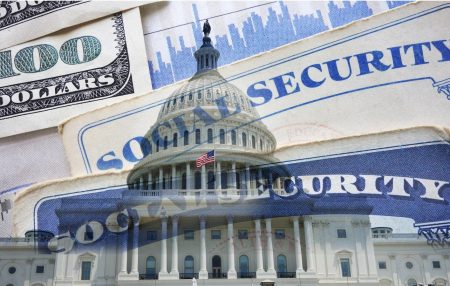The retirement savings landscape experienced a radical transformation with the enactment of the SECURE Act 2.0 at the end of 2022. This groundbreaking legislation introduced a wave of changes, setting new precedents for retirement savings programs, most notably for Roth 401(k) account holders.
The Act is considered a significant leap forward, encouraging more Americans to save and plan for retirement. It provided substantial adjustments to the existing rules in an attempt to make retirement savings more accessible and beneficial to a wider demographic. The changes are far-reaching, with implications for employers, employees, and the retirement industry as a whole.
Employer Matches
Among these changes is a provision that allows participants in qualified 401(k) defined contribution plans, 403(b) plans, and governmental 457(b) plans to treat employer matching and nonelective contributions as designated Roth contributions if the plan design allows it. These contributions, which include those made on qualified student loan payments, must be 100% vested and can’t be excluded from gross income.
In the past, employers matched their employees’ Roth 401(k)s with pre-tax dollars, which had to be placed in a pre-tax account like a traditional 401(k). The SECURE 2.0 Act now enables employers to make matching contributions directly to employees’ Roth 401(k)s. This change took effect instantly upon the Act’s passage, but it’s important to note that this option is discretionary, and employers can choose to make pre-tax matches or not provide a company match at all.
Implementing these provisions depends on guidance on the employee/employer election process, taxation and reporting, and the payroll service and record keeper’s capability. Therefore, you must consult your employer for more information about Roth 401(k) matches and stay vigilant for any notifications about changes to your plan.
The SECURE Act 2.0 has also introduced the Roth feature to SEP IRA and SIMPLE IRA plans. Starting from the 2023 tax year, employees can treat employer contributions to a SEP IRA or SIMPLE IRA as Roth contributions. The same applies to elective deferrals. Before SECURE Act 2.0, only pre-tax contributions were permitted.
Required Minimum Distributions
Starting in 2024, designated Roth account assets in 401(k), 403(b), and governmental 457(b) plans will no longer be subject to pre-death required minimum distribution rules. For 2023, participants whose first RMD is due may choose to take it on or after January 1, 2024. However, they must still include any designated Roth assets when calculating their 2023 RMD. Failure to fulfill it results in a 25% penalty on the amount you should have withdrawn.
RMDs are compulsory annual withdrawals that all workers must start taking from their retirement accounts beginning the year they turn 73. This policy was designed to allow the government to collect its share of your retirement savings via taxes on these distributions while you’re still alive.
Interestingly, despite being funded with after-tax dollars, Roth 401(k) account holders still had to take RMDs, unlike Roth IRAs. To circumvent this rule, many people would roll their Roth 401(k) over into a Roth IRA. However, starting 2024, Roth 401(k)s will no longer have RMDs.
While these changes might seem insignificant if you’re a long way from retirement, they’ll make a significant impact when you start using your savings in your golden years. Keep them in mind while planning your retirement withdrawal strategy, and stay alert to any future Roth 401(k) changes that could affect how you use this account.
Catch-Up Changes
From 2024, salary deferral contributions, deemed “catch-up” contributions, will be required on a Roth basis for participants earning over $145,000 in the previous year. This rule pertains to 401(k), 403(b), and 457(b) government plans but excludes “special catch-up” contributions to 403(b) or governmental 457(b) plans.
The long-standing $1,000 catch-up contribution limit for Traditional and Roth IRA participants aged 50 and older will be adjusted for inflation from 2024, as per the SECURE Act 2.0. The Act also raises catch-up contribution limits for those aged 60-63 over the next two years. In 2024, the limit will be the greater of $10,000 or 150% of the regular amount, adjusted for inflation.
From 2025, SIMPLE IRA participants’ catch-up contribution limit will be either $5,000 or 150% of the SIMPLE IRA catch-up amount, inflation-indexes. High earners with an income above $145,000 must make catch-up contributions only to Roth accounts. This means eligible employees aged 60-63 making larger contributions must allocate them to a Roth account.
These changes brought about by the SECURE Act 2.0 are set to revolutionize how we approach retirement savings, especially Roth 401(k)s. If you have any queries concerning these or other changes to qualified retirement plans due to the SECURE Act or SECURE Act 2.0, contact your employer or a financial advisor for guidance.
Brian Menickella is the founder and managing partner at Beacon Financial Services, a broad-based financial advisory firm based in Wayne, PA.
Securities and Advisory services offered through LPL Financial, a registered investment advisor. Member FINRA/SIPC.
This material was created for educational and informational purposes only and is not intended as ERISA, tax, legal or investment advice.
Read the full article here









